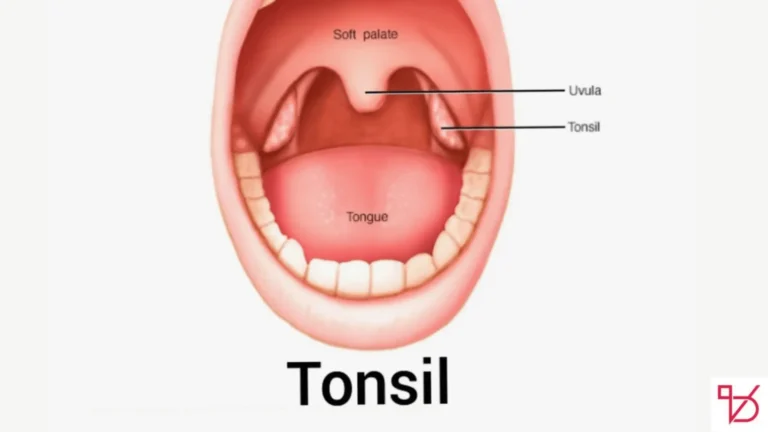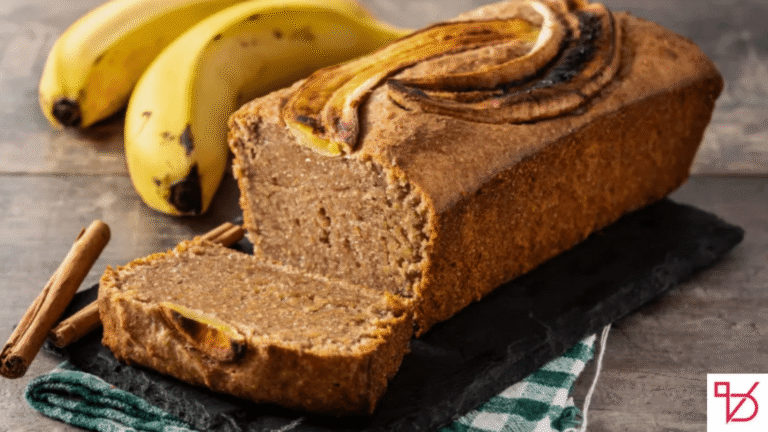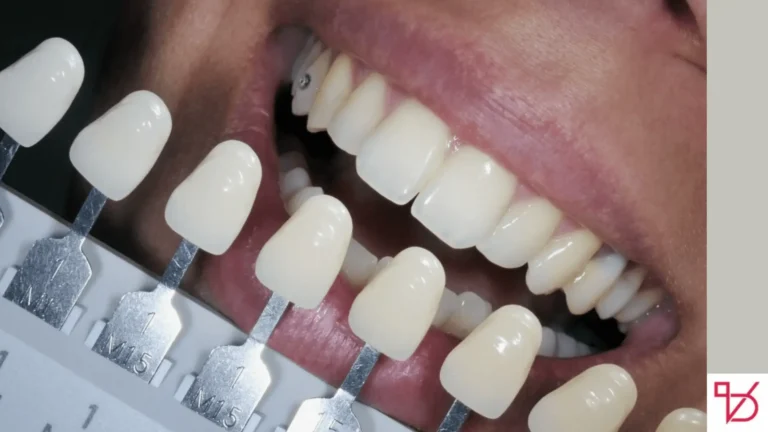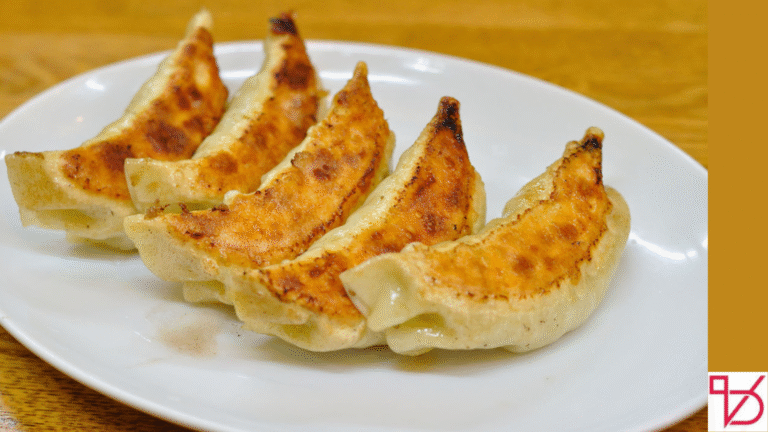Wrist and thumb pain are frustratingly common whether from repetitive use an injury or a chronic condition. These discomforts can make everyday tasks like typing, cooking or lifting a child incredibly painful. Fortunately, there are effective self treatment techniques that can provide relief, restore mobility and prevent further injury. Below, we’ll explore stretches, pressure techniques, strengthening moves and medical insights to help you recover naturally.
Stretch for Thumb Tendonitis
Thumb tendonitis particularly De Quervain’s Tenosynovitis affects the tendons on the thumb side of your wrist. A simple stretch can provide targeted relief:
- Enclose your thumb in your fist.
- Gently bend your wrist downward (towards your pinky).
- Use your other hand to assist the motion slightly feeling a stretch on the outer forearm.
- Hold for 15-30 seconds or repeat 3-4 times.
Self-Treatment: Adductor of the Index Finger
The muscle between your thumb and index finger can tighten and cause misalignment. To release it:
- Spread your fingers wide and use the opposite hand to hold the thumb web.
- Slowly bring the index finger closer to your thumb to feel the muscle contract.
- Apply pressure with your thumb until the tension begins to release (10-20 seconds).
Self-Treating Intrinsic (Within the Thumb) Muscles
Intrinsic thumb muscles can cause localized thumb pain. Treat them by:
- Massaging the web space near where the thumb and index finger bones meet.
- Applying pressure to the fleshy thenar eminence of the thumb.
- Use circular pressure for 1-2 minutes per area, or until the discomfort softens.
Stretch for Intrinsic (Local) Muscles
- Spread your fingers wide.
- Use the opposite hand to pull the thumb away from the hand.
- Hold for 2 seconds and release. Repeat 10 times.
- Perform a second version by pulling the thumb back and out from the palm.
Self-Treating Extrinsic Thumb Muscles (Forearm)

Using Your Hands:
- Place your thumb on the soft space between forearm bones.
- Stabilize your hand and apply pressure along the muscle.
- Search for tender spots and hold for 15-20 seconds.
Using a Pressure Tool:
- Use tools like a golf ball, Knobble or Omni roller.
- Place it on a hard surface and lean the tender area into the tool.
- Hold for 15-20 seconds per spot. Alternate between forearm sides.
Strengthening the Joint at the Base of Your Thumb
- Wrap an elastic band around your thumb and fingers.
- Spread fingers apart to stretch the band.
- Hold for 2 seconds then release.
- Repeat 10 times increasing resistance gradually.
DeQuervain’s Tendonitis
DeQuervain’s is a painful condition where thumb tendons become inflamed. It’s common in new moms or people who use their hands repetitively. Symptoms include:
- Pain on the thumb side of the wrist
- Swelling or a bump
- Popping or snapping during thumb movement
Finkelstein’s Test
This quick self test helps diagnose DeQuervain’s:
- Make a fist with your thumb tucked inside.
- Tilt your wrist toward your pinky.
- If this causes sharp pain, you may have DeQuervain’s.
Treatment Options
Most cases improve without surgery. Initial treatments focus on reducing inflammation and restoring function.
Cortisone Shot
Corticosteroid injections offer fast relief. 80% of people improve significantly after one or two shots. Risks include skin thinning and elevated blood sugar in diabetics.
Non-Surgical Treatments
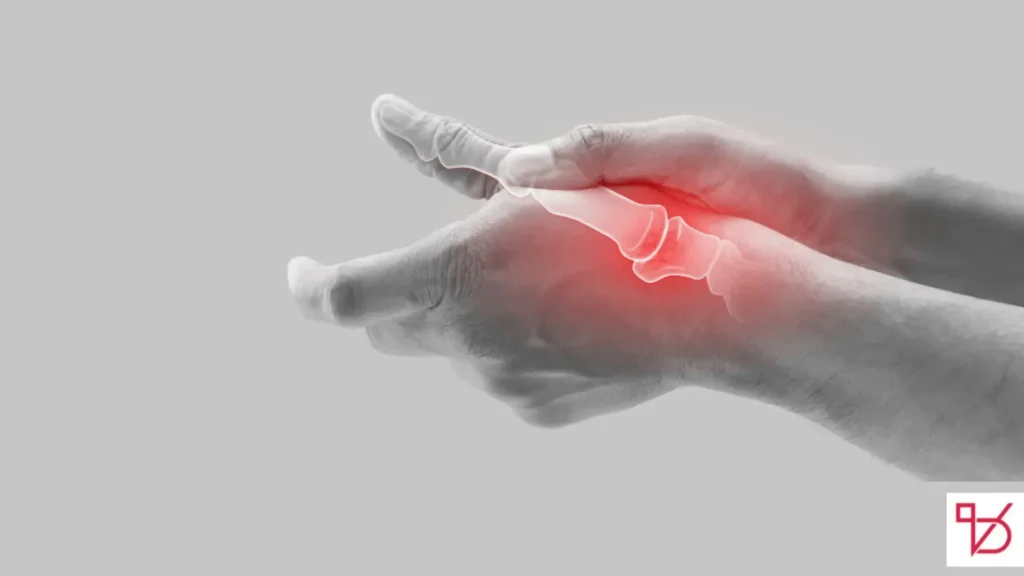
- Splints (Thumb Spica Braces): Immobilize the wrist and thumb.
- NSAIDs: Ibuprofen, Naproxen, and topical anti-inflammatories.
- Hand Therapy: Stretching and guided recovery.
- Activity Adjustment: Reduce gripping and repetitive motion.
Surgical Treatment
If conservative care fails, a procedure called “DeQuervain’s Release” may be recommended: The surgeon releases the tendon sheath & Recovery takes about 6 weeks.
Some of the Main Causes of Wrist Pain
Repetitive Strain
Typing, gaming, or using tools repeatedly can irritate tendons and nerves.
Sprains and Strains
Sudden impacts can overstretch ligaments or muscles.
Arthritis
Osteoarthritis or rheumatoid arthritis can inflame the wrist joint.
Fractures
Falls and trauma can cause hairline or complete breaks.
Nerve Compression
Conditions like carpal tunnel compress the median nerve, causing pain and tingling.
Ganglion Cysts
Fluid-filled sacs that grow near wrist joints and limit movement.
Poor Ergonomics
Improper desk setup or posture can strain wrist structures.
6 Tried and Tested Wrist Pain Exercises
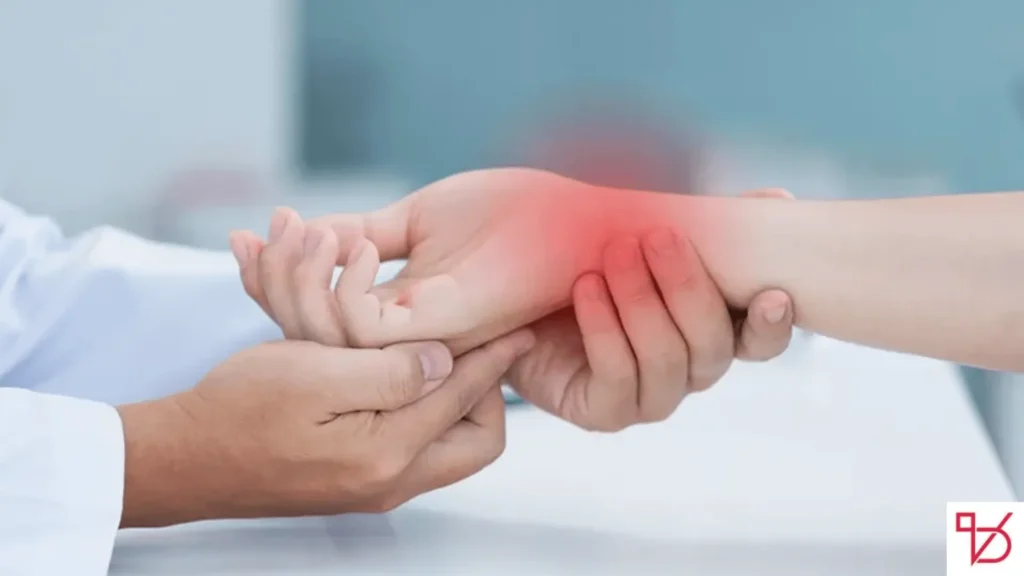
1. Wrist Flexor Stretch
Palm facing up, pull hand backward with the opposite hand.
2. Wrist Extensor Stretch
Palm down, pull wrist downward with the other hand.
3. Wrist Circles
Make a fist and perform slow wrist circles both directions.
4. Wrist Flexion and Extension
Hold a light weight and bend the wrist up and down.
5. Grip Strengthening
Use a soft ball or hand gripper to build strength.
6. Finger Touches
Touch each fingertip to your thumb repeatedly to improve dexterity.
Can a Physiotherapist Help Reduce Wrist Pain?
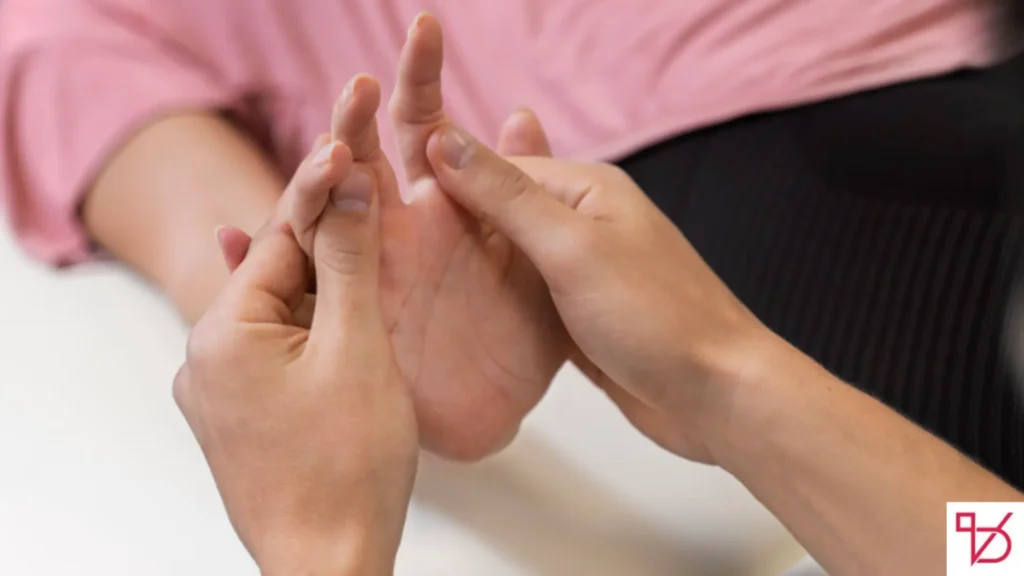
1. Assessment and Diagnosis
Physiotherapists perform a full evaluation to pinpoint the cause.
2. Personalised Treatment Plan
A plan that may include therapy, modalities and activity changes.
3. Hands-On Therapy
Manual therapy, soft tissue massage and stretching techniques.
4. Exercise Prescription
Custom exercises to restore strength and flexibility.
5. Ergonomic Advice
Tips on posture, desk setup and tool usage.
6. Education and Self Management
Patients learn how to manage pain and prevent flare ups.
Contraindications Overview for Wrist and Hand Pain
Before attempting stretches or acupressure, check for Fractures or dislocations. Open wounds or infections. Swelling or acute inflammation & Pregnancy (avoid PC 7 and LI 5)
Caution and Safety Guidelines
Avoid pressing near major nerves or vessels. Don’t press too hard and stop if pain radiates and Seek medical guidance for persistent pain.
Conclusion:
TCM and fascial manipulation techniques help boost healing:
- PC 7 (Pericardium 7): Inner wrist point for carpal tunnel relief
- LI 5 (Large Intestine 5): Outer wrist for reducing swelling
- TH 4 (Triple Heater 4): Back of wrist for mobility and inflammation
- SI 4 (Small Intestine 4): Pinky-side of the hand for pain relief
Maximizing Your Healing with Daily Acupressure
Apply pressure for 1-3 minutes using circular motions. Alternate directions and apply gently. Daily practice boosts blood flow, reduces inflammation and supports nerve function


